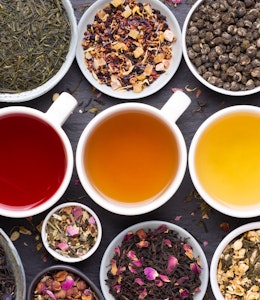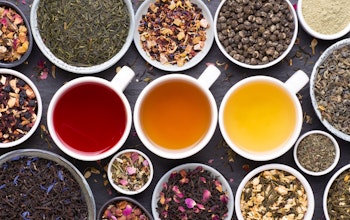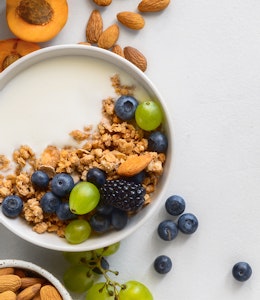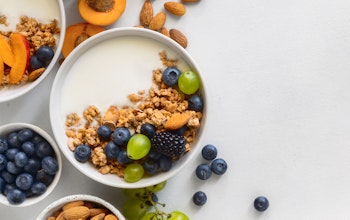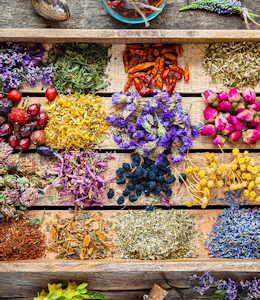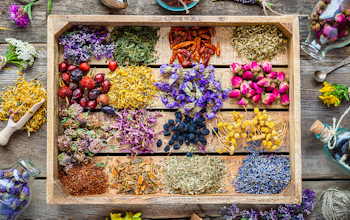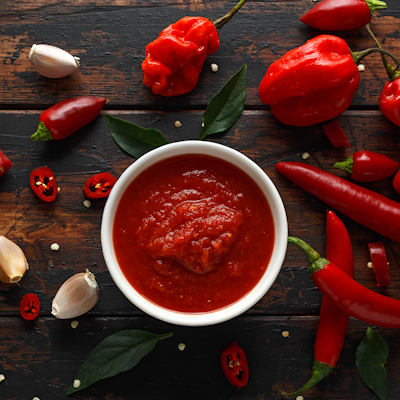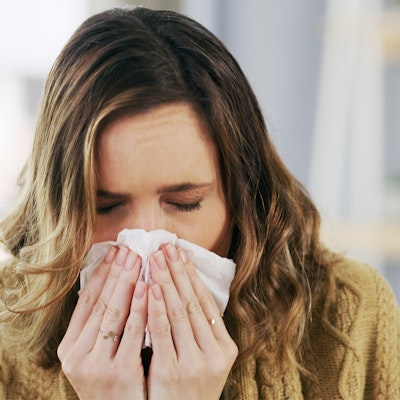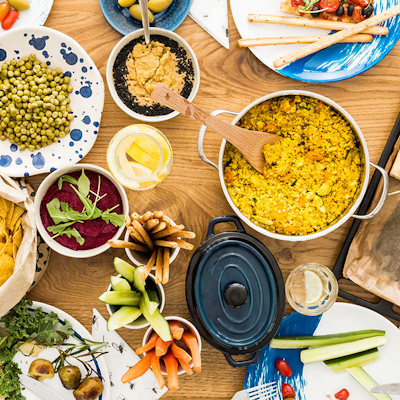Best detox foods
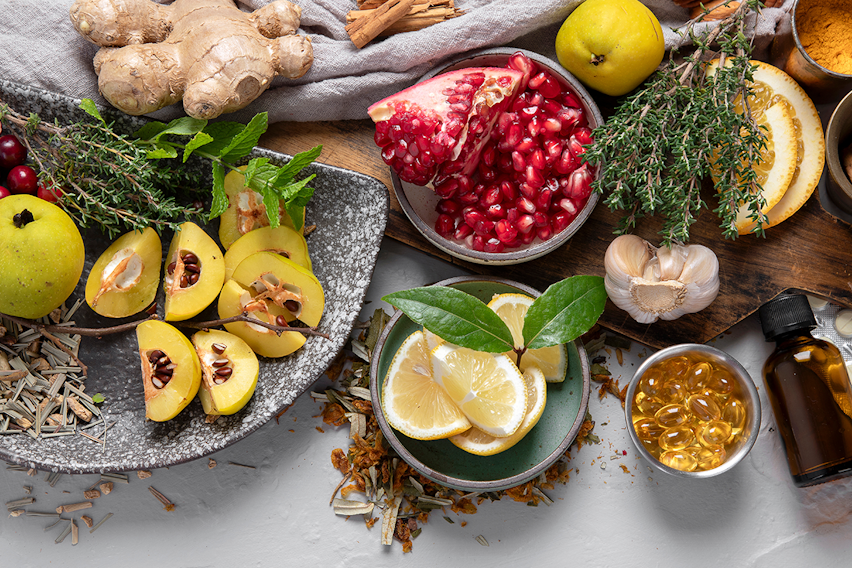
We all over-indulge now and then, with certain food and drinks that are bad for the liver and other organs. So we’ve rounded up what you can eat and drink to get rid of toxins and flush out your system…
The best detox foods are:
- Asparagus
- Grapefruit
- Turmeric
- Blueberries
- Green tea
- Garlic
- Ginger
- Pomegranate
- Wheatgrass
- Beetroot
Now let’s find out more about them...
Asparagus
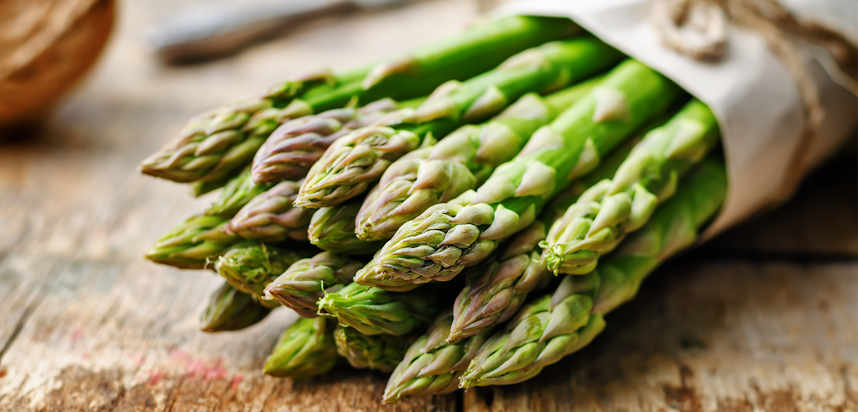
Asparagus is a good source of glutathione, an antioxidant that among other things, helps protect the liver from disease and avoid cell damage - the liver is the body’s natural detox system.
Asparagus is considered a natural diuretic, which means it helps to flush out toxins from the liver and the kidneys, which prevents them from building up and causing negative effects on the skin and other organs. Additionally, the diuretic effect helps expel excess salt, which would otherwise contribute to bloating and high blood pressure.
How to eat asparagus
Asparagus makes for a healthy side dish to rich dishes such as steak or chicken kiev, or can be crusted with parmesan or wrapped in parma ham and served as a starter, or hors d'oeuvres. You can also include asparagus in a salad, with ingredients such as peas and feta.
Grapefruit
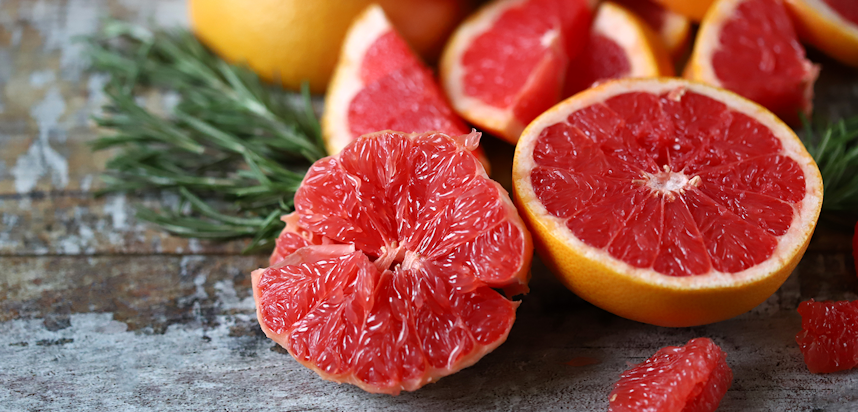
Like other citrus fruits, grapefruit has a cleansing effect on the liver, by helping to flush out toxins.
As grapefruit has an extremely high water content it improves your hydration, which adds to the expelling of toxins and other excess substances in your body, and contains the flavonoid glycoside naringin, which adds to the level of antioxidant defence in the liver.
The fibre in grapefruit also contributes to colon health, which is how the body removes waste.
How to eat or drink grapefruit
Grapefruit makes a very light and refreshing breakfast, and can be sweetened with honey, or seasoned with spices or herbs (such as rosemary).
You can also chop up grapefruit to use in fruit salads or smoothies, or squeeze the fruit to use the juice as a tart but tasty beverage (however by only using the juice you do not get the benefits of the skin, which is the fruit’s main source of naringin).
Turmeric
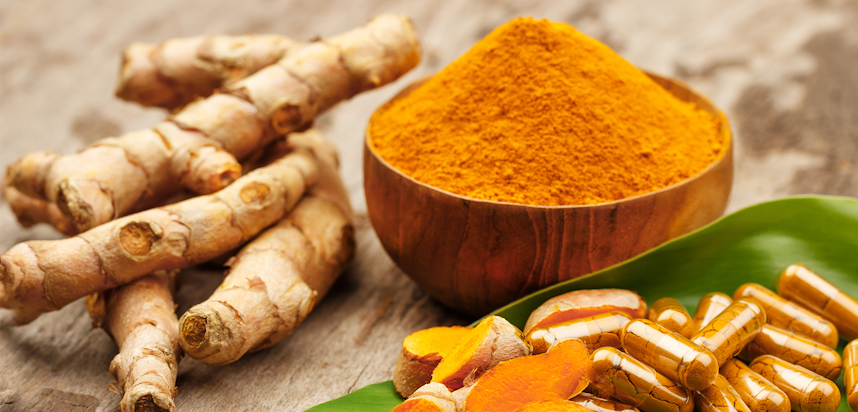
The Asian spice turmeric has been used for centuries to treat health issues relating to the liver, and digestive problems (including colitis, which impedes the body's ability to detox itself). This is primarily because turmeric is a natural anti-inflammatory, and not only supports your immune system, but aids your liver in nullifying and eliminating toxins. It also can help fortify the intestinal barrier, which prevents toxins from entering your gut.
How to eat or drink turmeric
Turmeric tea is an extra-hydrating way of consuming the spice, and ground turmeric can also be added to curries, soups, stews and even dishes such as scrambled eggs and fried rice to add flavour.
Blueberries
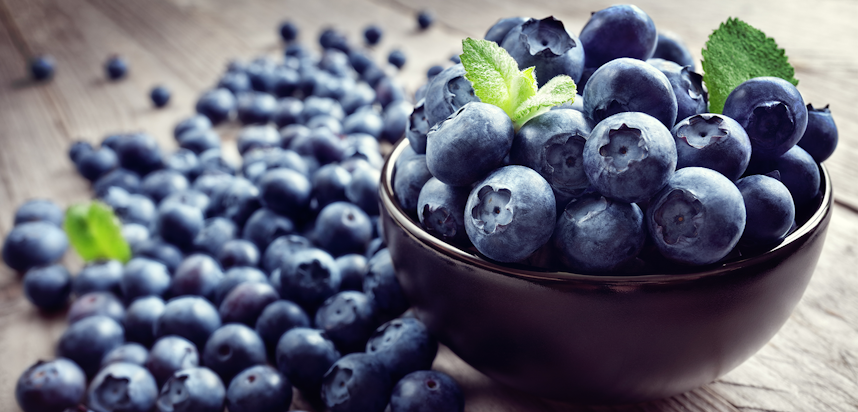
Known for their antioxidant properties, blueberries - particularly wild blueberries - are a particularly concentrated source of anthocyanin, an antioxidant flavonoid which also gives them their distinctive blue colour). This means they help break down free-radicals and toxins in the body, so they are less able to do any damage.
Like other fruits, blueberries are also rich in fibre, which aids the digestive system and bowels, and immunity-boosting vitamin C.
How to eat or drink blueberries
Blueberries are a popular breakfast ingredient, mixed into oatmeal or muesli, or with greek yoghurt or even just other fruits. They can also be used to make desserts such as blueberry pie or berry crumble. Blueberries can used alongside ingredients such as banana or strawberries in a smoothie, or as a garnish for other beverages.
Green tea
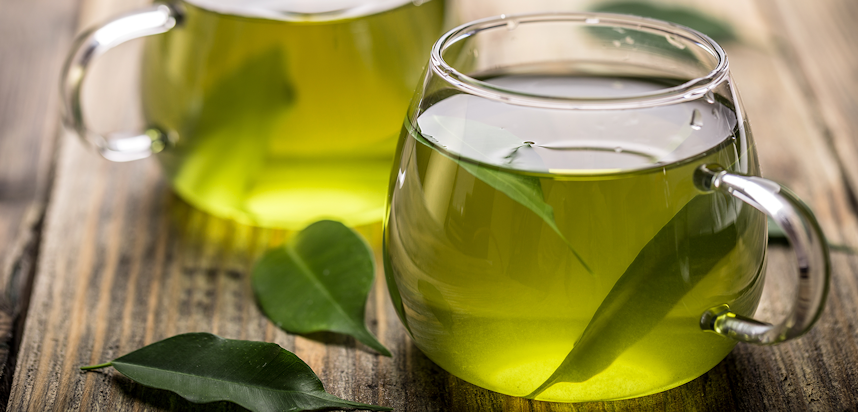
Green tea’s antioxidant properties are primarily down to the amount of catechins it contains. These are a kind of polyphenol and act as antioxidants in the body, preventing cell damage, and act as fuel to the “good” bacteria in the gut.
The most concentrated catechin in green tea is epigallocatechin-3-gallate (EGCG), which is known for its effectiveness in combating free radicals in the body, and consequently contributing to the prevention of heart disease and other conditions, and even help manage weight.
How to eat or drink green tea
Green tea is predominantly served as a hot beverage, though the dried tea leaves can be used as an ingredient in desserts such as biscuits, cakes and even panna cotta.
Garlic
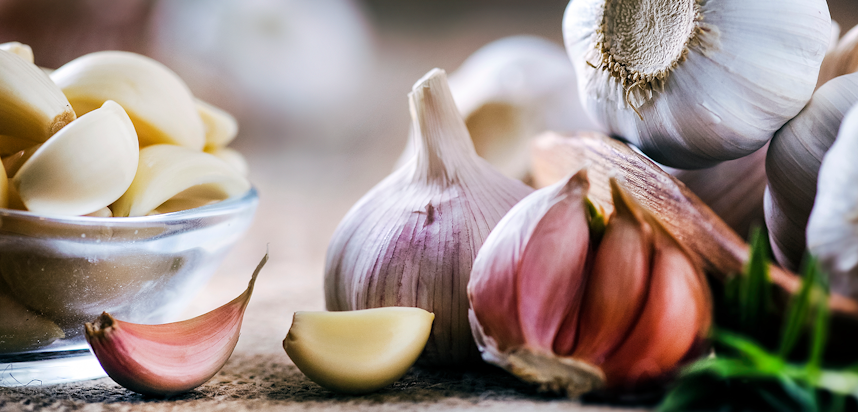
The sulphur compounds in garlic have a positive effect on the enzymes in the liver that eliminate toxins. Additionally, it contains allicin, a chemical that stimulates the production of white blood cells, which isolate and neutralise harmful cells and toxins in the body.
Garlic’s detoxing properties, combined with its natural antiviral and antibacterial properties, mean it has been used for medicinal purposes for hundreds of years.
How to eat garlic
Garlic adds flavour to other foods, and can be used in many, many dishes. It can be used as the base for sauces and dressings, used to add depth to tomato-based sauces, chillis and curries, mixed into mashed potatoes, and as the main flavour in chicken and shellfish dishes such as chicken kiev and moules frites.
Ginger
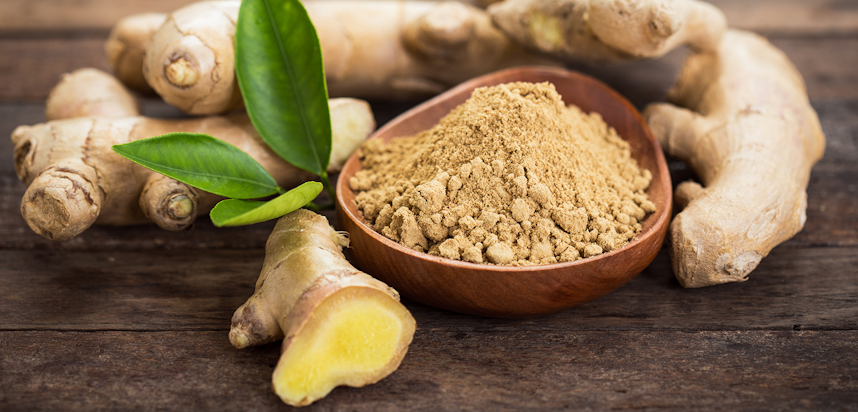
Ginger is frequently used as a main ingredient in detox drink recipes. This is for several reasons, firstly it supports food digestion, by acting as an inflammatory and reducing fermentation. This reduces the risk of bloating and constipation, and helps the body expel toxins and waste via the colon. Secondly, it contains antioxidants, which fight free radicals in the body and prevent cell damage. Finally, ginger stimulates sweating, which is another way for the body to get rid of harmful toxins.
How to eat or drink ginger
Ginger is an incredibly versatile ingredient that can be used in sweet or savoury dishes. It is used in many East Asian and Southeast Asian dishes and curries, either as the main flavour or alongside other herbs and spices. It is used frequently in baked goods such as biscuits, cakes and puddings, and also liquidated and drank as a tea infusion or a concentrated shot.
Pomegranate
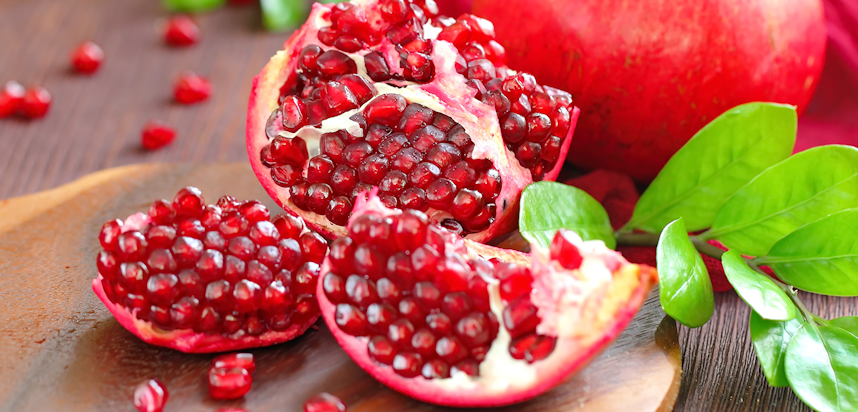
Like other dark, juicy fruits, pomegranates are bursting with flavonoids, which act as antioxidants and help cleanse organs like the liver and skin of toxins, and the body of free radicals that cause cell damage. The flavonoids also help the bloodstream transport oxygen around the body, and dispose of the substances it doesn’t want by contributing to gut health and the immune system.
Because they also contain many vitamins, including A, C and E, pomegranates are also handy for staving off cold symptoms.
How to eat and drink pomegranates
Pomegranates are typically used as a garnish ingredient in dishes such as salad, sweet potato fries, ice cream and yoghurt, cheesecake and even roasted meat. They are also frequently made into a potent juice, or used as an ingredient in smoothies.
What food and drinks are bad for detox?
If you are looking to detox your body you should avoid heavily processed foods, as they contain high levels of salt and sugar, which can lead to dehydration and prevent the body from flushing out waste and toxins, whilst providing little nutritional value of their own.
You should also avoid excessive alcohol, as it can damage the liver. Additionally, it's better to season your food with herbs and spices than salt, as doing so reduces the risk of dehydration.
In addition to consuming pomegranate, the fruit is also sometimes used in skin treatments or peels, because of its antioxidising effect on the skin,
Wheatgrass
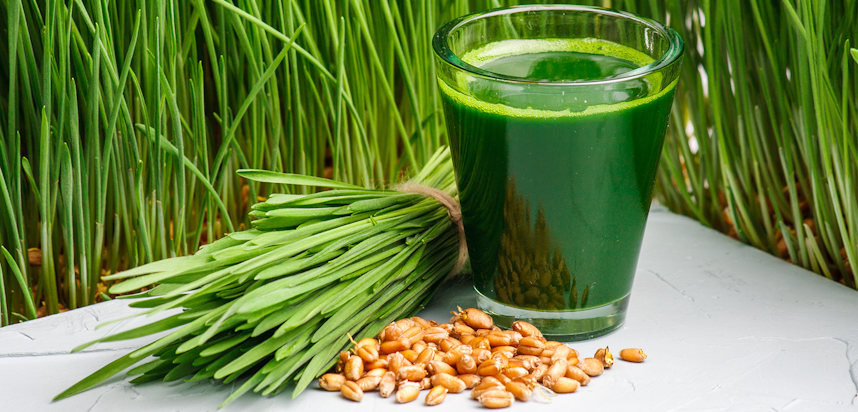
A popular “detox” ingredient, particularly when it comes to juices and smoothies, wheatgrass packs a lot of vitamins and minerals into a small concentration, meaning you don’t need to consume much of it to reap its benefits. The amino acids in wheatgrass protect the body from harmful toxins, and fortify cells to help them fight pollutants and free radicals.
The enzymes in wheatgrass assist in breaking down food and allowing the nutrients to be absorbed into the body, reducing the risk of digestive issues such as bloating and gas. Some people believe that wheatgrass can have a “flushing” effect, expelling toxins from the liver and helping to keep skin clear.
How to eat or drink wheatgrass
Wheatgrass has a particularly strong flavour that many people find unpleasant, and because of this it is most often mixed into a smoothie or drank as a shot.
Beetroot
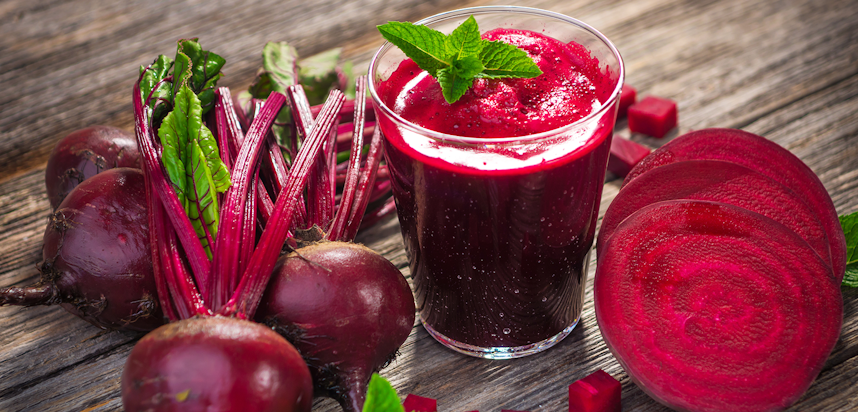
Beetroot is an excellent source of betaine, a chemical compound that reduces harmful, fatty deposits in the liver, leaving it better equipped to expel harmful substances from the body. Beetroot also contains many antioxidants that fight and reduce the number of any toxins that may be in the liver, as well as helping to reproduce cells and reduce cholesterol.
How to eat or drink beetroot
Beetroot is a great ingredient for salads, adding an earthy flavour and a burst of colour. Beetroot can be used for a twist on coleslaw and sauerkraut, as a main ingredient in soup or hummus. Some pasta dishes are made with beetroot, and beetroot juice can be consumed on its own or added to a mixed juice or smoothie.


